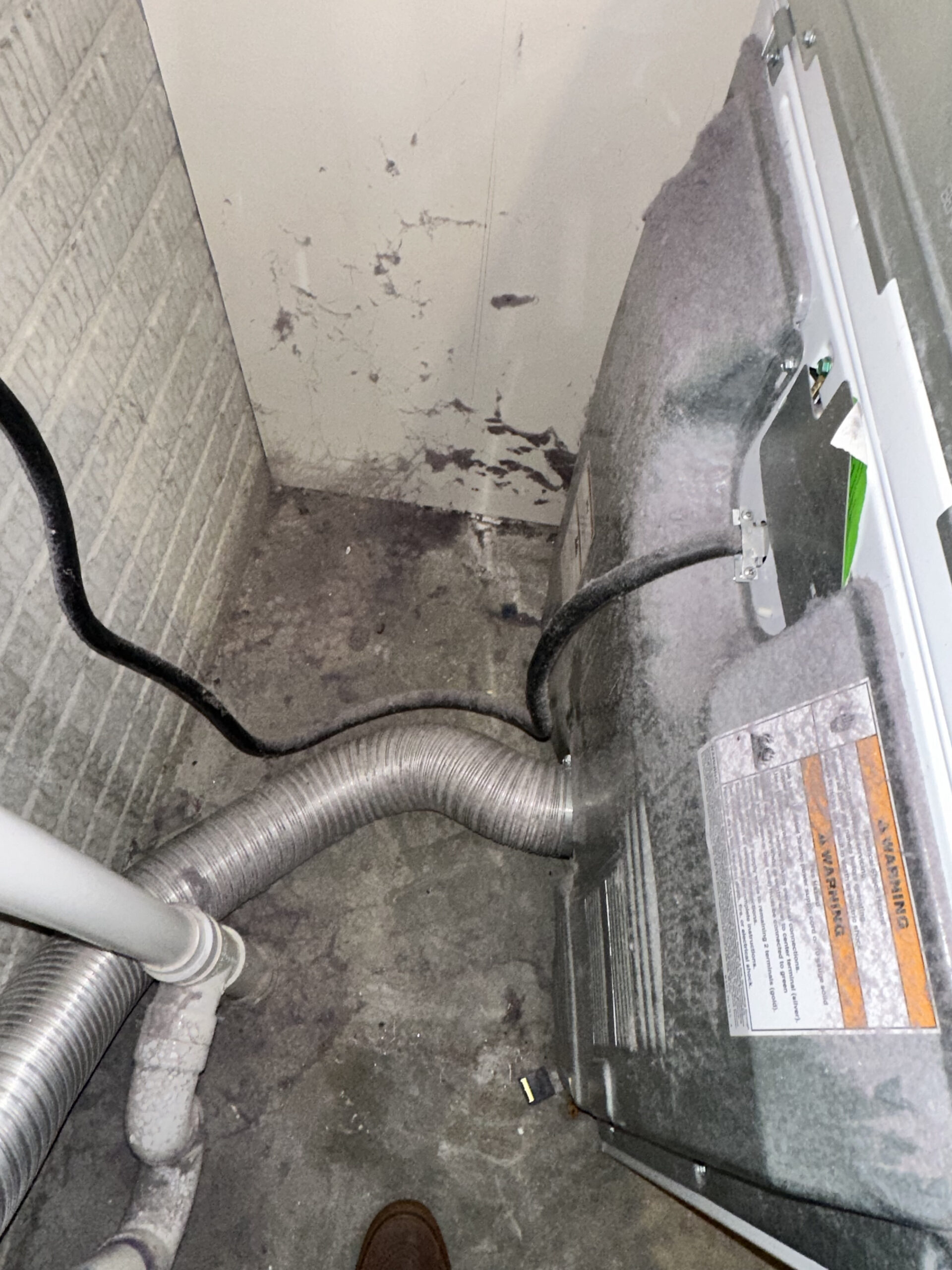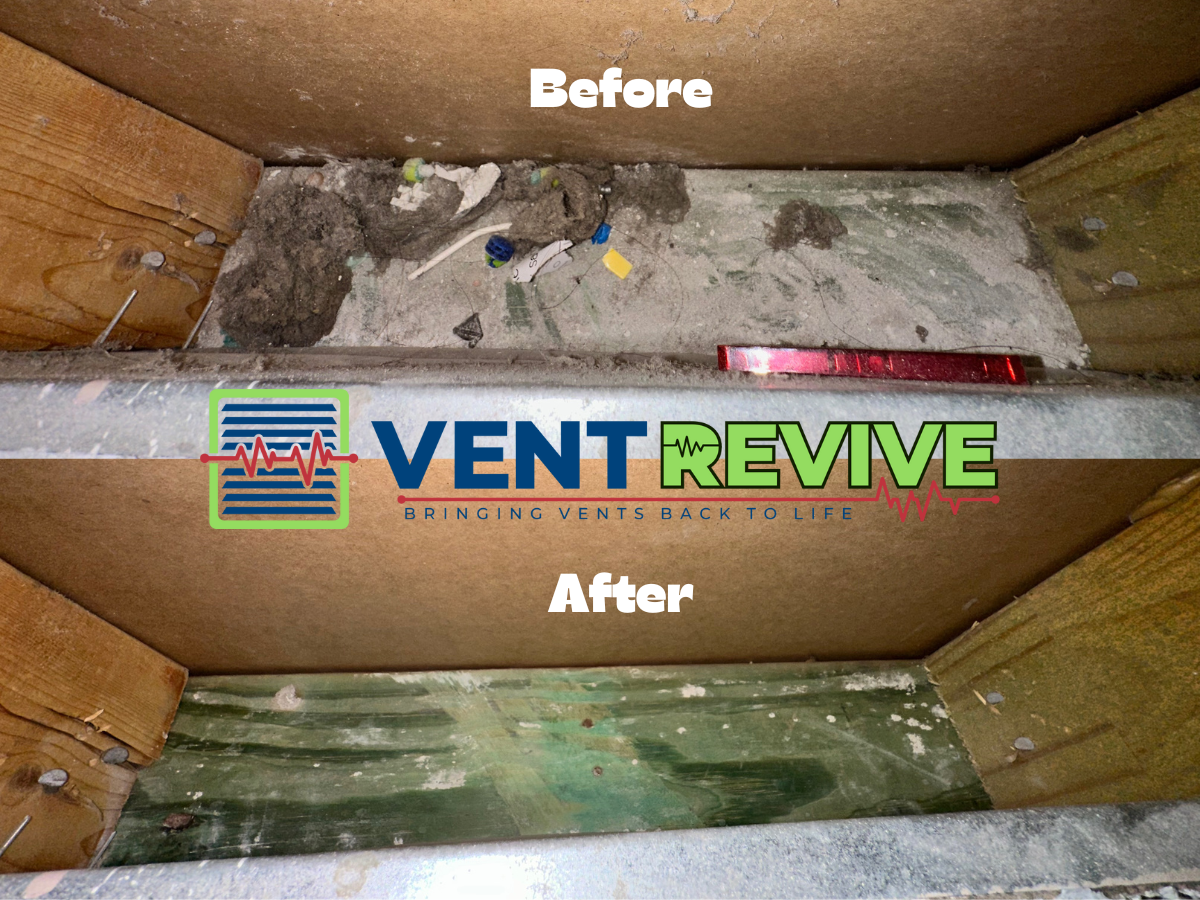Introduction: Understanding the Importance of Regular Dryer Vent Cleaning
Keeping your dryer vents clean is not just a matter of efficiency; it’s also crucial for safety. Each year, clogged dryer vents cause fires in homes, highlighting the critical nature of maintaining clear and functional venting systems. This guide delves into the importance of regular dryer vent cleaning, helping you understand when and how often this maintenance should occur to keep your household safe and your appliance running efficiently.

What Happens If You Neglect Dryer Vent Cleaning?
Before diving into the frequency of cleaning, it’s essential to grasp the risks associated with neglected dryer vents. A clogged vent can lead to numerous problems, including:
- Increased risk of fire.
- Higher energy consumption as your dryer works harder to achieve results.
- Potential carbon monoxide build-up in gas dryers.
- Reduced lifespan of your dryer.
Recommended Frequency for Cleaning Dryer Vents
The general recommendation is to clean your dryer vent at least once a year. However, several factors might necessitate more frequent cleanings:
- High Usage: Homes with frequent laundry loads, such as those with large families, may need to clean their vents more often.
- Pets: Homes with furry pets might experience quicker clogging due to pet hair.
- Long Vent Systems: The longer your dryer vent, the more opportunities there are for lint to accumulate, which can increase the need for cleaning.
- Older Dryer Models: Older models may not be as efficient at lint management, requiring more frequent checks and cleanings.
Signs That Your Dryer Vent Needs Cleaning
Knowing when to clean your dryer vent isn’t just about sticking to a schedule. Watch for these signs that indicate an urgent need for cleaning:
- Clothes take longer to dry or don’t fully dry.
- The outside of the dryer gets very hot.
- The vent hood flap doesn’t open properly.
- You notice a burning smell, which could indicate lint burning in the vent.
How to Clean Your Dryer Vent
Cleaning a dryer vent involves a few steps which can often be done DIY, but professional help is recommended for the best results:
- Disconnect the dryer: Safety first! Ensure the dryer is unplugged and disconnected from the gas line if applicable.
- Clean the lint filter: Before you tackle the vent, start with the lint filter, cleaning it before and after each load.
- Check the vent system: Use a dryer vent cleaning kit or a vacuum to clean out the lint from the venting system.
- Inspect and reattach the vent: Check for any damage or holes, which could also compromise the system’s efficiency and safety. Reattach the vent to the dryer and exterior vent using clamps.
When to Call a Professional for Dryer Vent Cleaning
While many may attempt to clean their vents themselves, certain situations call for professional attention:
- If the vent line is long or has multiple turns.
- If there is significant lint buildup that seems beyond basic cleaning measures.
- If the dryer is not easily accessible for vent detachment and reattachment.
Maintaining Your Dryer Vent Between Cleanings
To extend the periods between major cleanings, consider the following maintenance tips:
- Always clean the lint filter after every load.
- Regularly inspect the vent outside to make sure it’s not blocked by debris or animal nests.
- Consider upgrading to a shorter or more direct vent system to reduce lint accumulation.
Conclusion: Staying Ahead of Dryer Vent Maintenance
Regular dryer vent cleaning is a small task that plays a significant role in your home’s safety and efficiency. By adhering to the recommended cleaning schedules and watching for signs of blockages, you can ensure that your dryer operates safely and efficiently year-round. Remember, when in doubt, call a professional to handle the cleaning and keep your household safe from potential dryer-related hazards.






